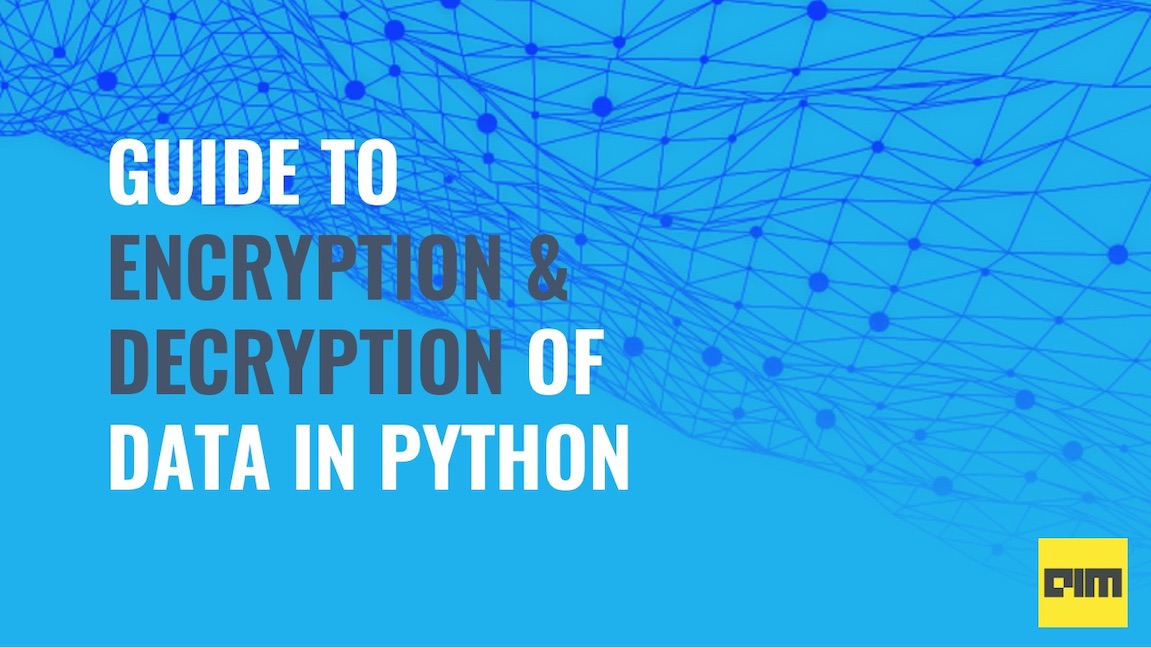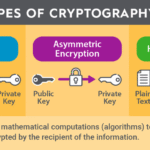Encryption is a cornerstone of modern digital security, safeguarding sensitive information from prying eyes and malicious actors. Yet, Python—a widely used programming language—does not incorporate encryption as a built-in feature. This can elicit skepticism regarding the language’s commitment to data security, particularly when viewed through a Christian lens that emphasizes stewardship, responsibility, and the sanctity of personal information. This article delves into the reasons behind the absence of encryption in Python’s core and explores whether this should change.
The Essence of Python
Python is celebrated for its simplicity and readability, catering to novice programmers and seasoned developers alike. Its design philosophy champions code that is easy to understand and maintain. When one considers the implications of integrating native encryption functionalities directly into the language’s syntax and semantics, several concerns arise. The complexity of cryptographic algorithms and their potential for misuse may conflict with Python’s foundational goal—facilitating accessibility to a broad audience.
Modular Design Philosophy
One of Python’s strengths lies in its modularity. The language empowers developers to tailor their programming environment to meet specific needs. This flexibility often includes the inclusion of external libraries like PyCryptodome or cryptography. Users can choose components based on their unique use-case scenarios, allowing more experienced developers to harness advanced features without burdening beginners with cryptographic complexities.
From a theological standpoint, this modular approach could be likened to the parable of the talents. In this biblical account, individuals are entrusted with varying amounts of resources and must utilize them wisely. The ability to choose appropriate libraries for encryption parallels the idea of good stewardship—employing one’s skills and resources in ways that serve the larger community and align with moral principles.
The Weight of Security Responsibility
Another compelling reason for Python’s lack of inherent encryption features lies in the responsibility that comes with it. Implementing encryption incorrectly can lead to catastrophic failures, including data breaches and compromised security protocols. This reality begs the question of whether a language designed to be user-friendly should also effectively handle sensitive operations that demand a high level of expertise.
For Christians, stewardship of knowledge and technical resources is a profound obligation. If Python included encryption as a built-in feature, it could mislead less experienced developers into using it without a full understanding of its implications. The burden of ensuring proper implementation would invariably rest on the shoulders of those who might lack the requisite training or understanding, creating risks that conflict with ethical and moral values.
The Dynamic Landscape of Cybersecurity
Cybersecurity is an ever-evolving field. As threats become increasingly sophisticated, the algorithms and techniques required to counteract them must also adapt. A language fixed in time with built-in encryption would struggle to remain relevant in this rapidly changing environment. The fluid nature of cybersecurity emphasizes the necessity for adaptable, third-party libraries capable of keeping pace with emerging vulnerabilities and technological advancements.
This adaptability could be likened to the notion of renewal embraced in Christianity—an ongoing process of transformation and growth. As believers seek to deepen their understanding and forge stronger connections with their faith, so too must programming languages evolve to meet emerging demands for security and protection.
Integration Versus Conflict
Another significant consideration is the potential conflict between various functionalities that a programming language must manage. Introducing built-in encryption tools could lead to unintended clashes with other features, potentially impairing Python’s overall efficiency and performance. Moreover, legitimate concerns exist surrounding its impact on the ease of debugging and maintenance, particularly in large-scale applications where encryption might unwittingly interfere with other data handling processes.
For Christians, this raises an intriguing allegory around the concept of harmony in community life. Just as individuals within the church should work together to foster a supportive and positive environment, programming languages must maintain an equilibrium between diverse functionalities. The purpose is not merely to introduce more tools but to ensure that they enhance the overall ecosystem of the language.
The Call for a Christian Perspective on Encryption
Let us not disregard the urgency for strong encryption, particularly in environments that handle sensitive data relating to individuals’ lives, particularly within Christian ministries and organizations. Sensitive information, including personal stories and testimony, holds immense value and warrants protective measures against unwarranted access. Nevertheless, the critical framework surrounding encryption cannot be enforced through a one-size-fits-all solution.
Instead, it necessitates thoughtful deliberation. Christian developers must advocate for educational frameworks that prioritize cryptographic literacy among programmers, ensuring that they can discern when and how to deploy encryption mechanisms responsibly. A Christ-centric view on digital ethics drives the inclination to protect others—whether that be through safeguarding personal data or encouraging ethical software usage.
Conclusion: A Collaborative Path Forward
In contemplating whether encryption should be baked into Python, one must grapple with diverse perspectives and broader implications. The language’s current modular structure reflects a wise methodology, allowing users to navigate the challenges of encryption while maintaining accessibility across skill levels. As advocates for responsible digital stewardship, the Christian community holds a pivotal role in fostering an environment that promotes knowledge and ethical practices surrounding encryption. Ultimately, thoughtful education and a concerted effort toward a secure digital landscape offer a more compelling route forward than simply embedding encryption features within a programming language.








Leave a Comment